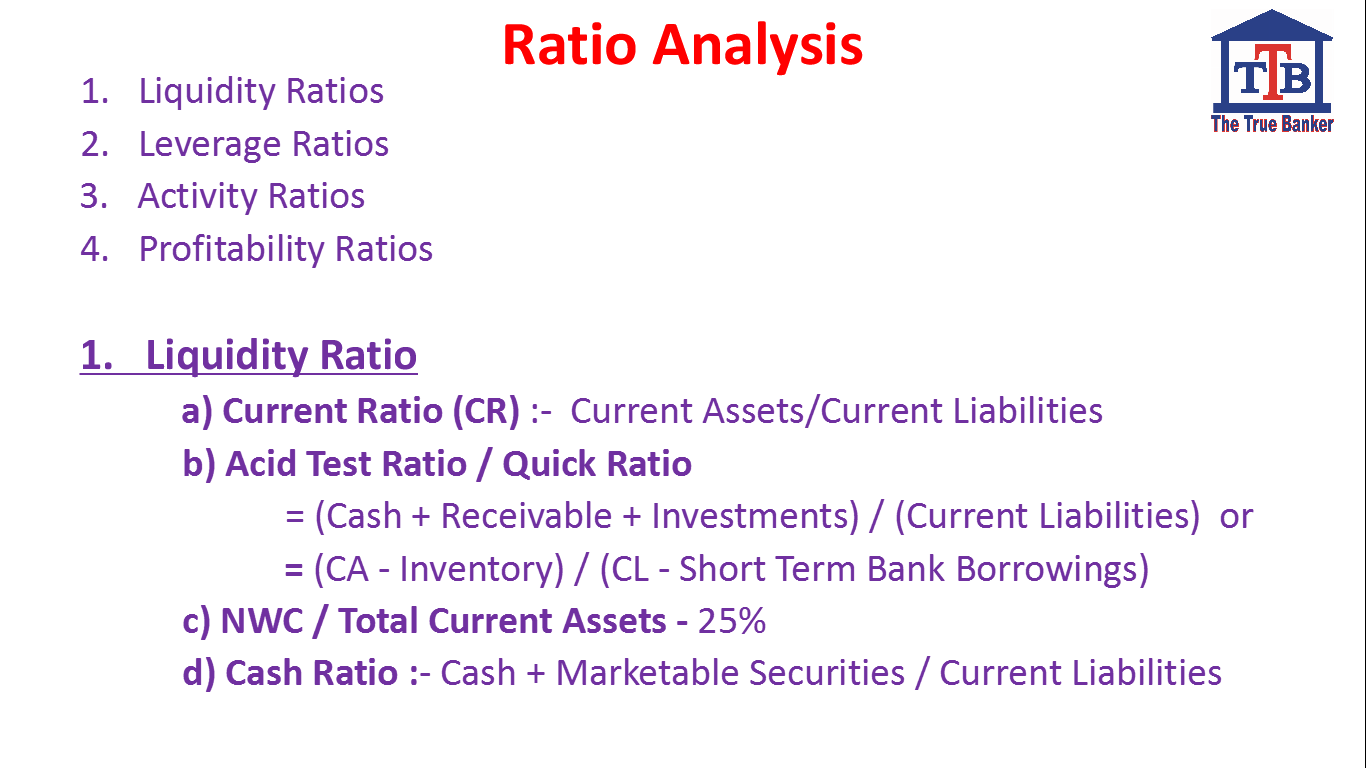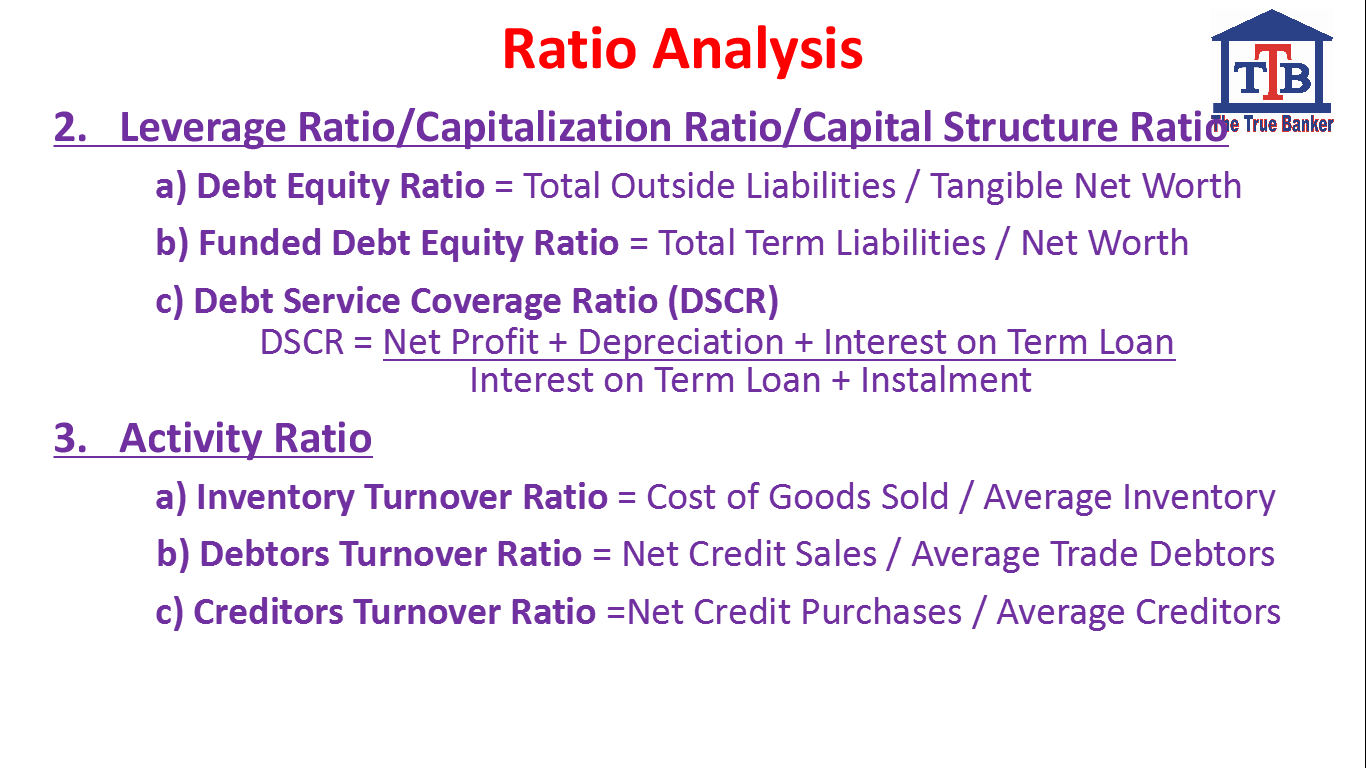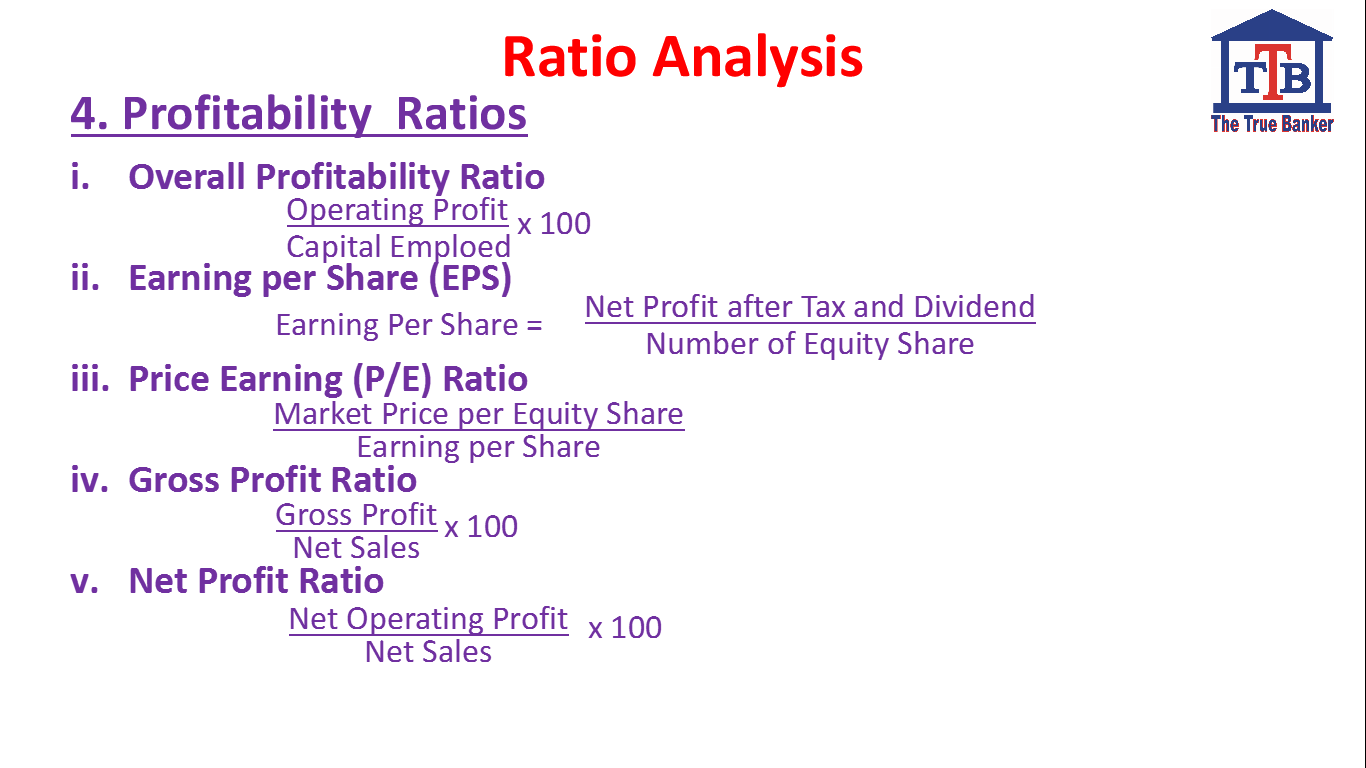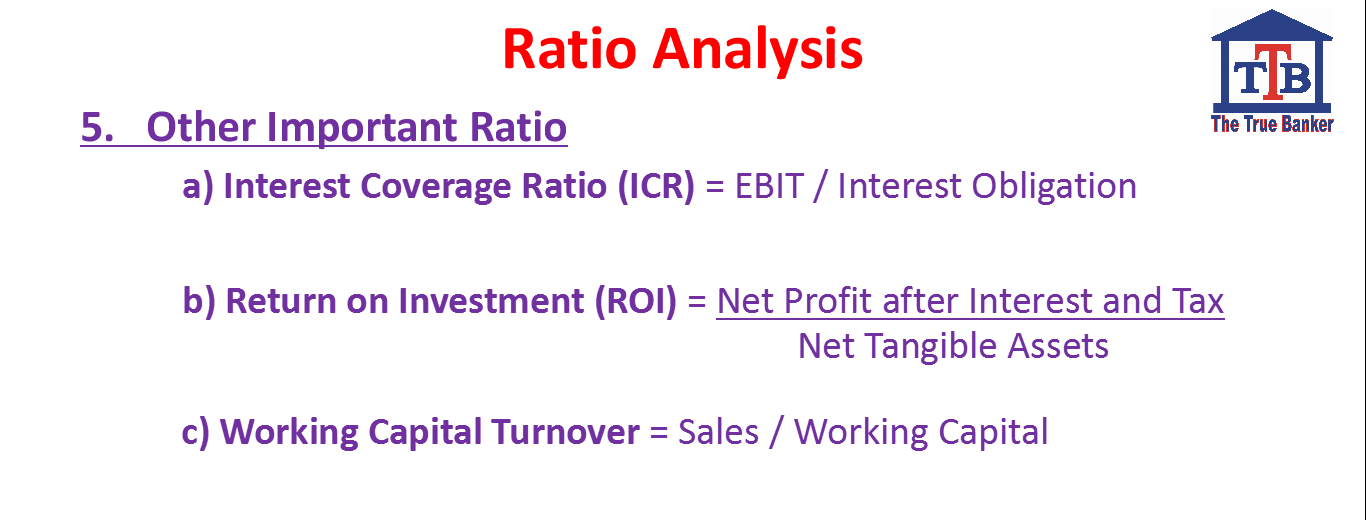Balance Sheet
The “Statement of Financial Position” which reveals the money value of company’s assets, liabilities and owners’ equity (Net Worth) on a particular day is known as the balance sheet.
Equity and Liability
1. Shareholders’ Funds
a) Share Capital
b) Reserves and Surplus
c) Money received against share warrants
2. Share application money pending allotment
3. Non-current Liabilities
a) Long-term borrowings
b) Deferred tax liabilities
c) Other Long-term liabilities
d) Long-term provisions
4. Current Liabilities
a) Short-term borrowings
b) Trade payables
c) Other current liabilities
d) Short-term provisions
Assets
1. Non-current Assets
a) Fixed assets
i. Tangible assets
ii. Intangible assets
iii. Capital work in progress
iv. Intangible assets under development
b) Non-current investments
c) Deferred tax assets
d) Long-term loan and advances
e) Other non-current assets
2. Current Assets
a) Current Investments
b) Inventories
c) Trade receivables
d) Cash and cash equivalents
e) Short-term loans and advances
f) Other current assets
Balance Sheet and Banker
A bank will not approve credit unless the balance sheet and financial statement reveal that the company has:
A Sound financial position (Solvency Test)
Good liquidity (Cash Flows)
A good earning capacity (Profitability)
Current Liabilities Include
Short term borrowing form Banks and Others
Unsecured Loans
Public Deposits maturing within one year
Sundry creditors
Interest & other charges accrud but not due for payment
Advance payments from customers
Deposits from Dealer, selling agent etc.
Instalment of term loan and long term deposits payable witn one year
Statutory Liabilities
Misc. Current Liabilities
Current Assets Includes
Cash and Bank Balances
Investments
Receivables other than deferred receivables
Installments of deferred receivable due within one year
Raw materials and components used in manufacturing
Semi finished & finished goods
Other consumable spares
Advance payment for tax
Pre-paid expenses
Advance for purchase raw materials
Receivable from contracted sales of fixed assets
Profit & Loss Account
Gross Profit = Profit before Depreciation, Tax and other appropriating expenses
Net Profit = Profit after Depreciation, Tax and other appropriating expenses
Return on Equity = Net Profit/Equity
Return on Investment = Net Profit/Shareholder’s Funds
Net Worth = Paid up capital + General Reserve + Surplus – Intangible Assets
Net Working Capital = Current Assets – Current Liabilities
Working Capital Gap = Current Assets – Current Liabilities other than Bank Borrowings




